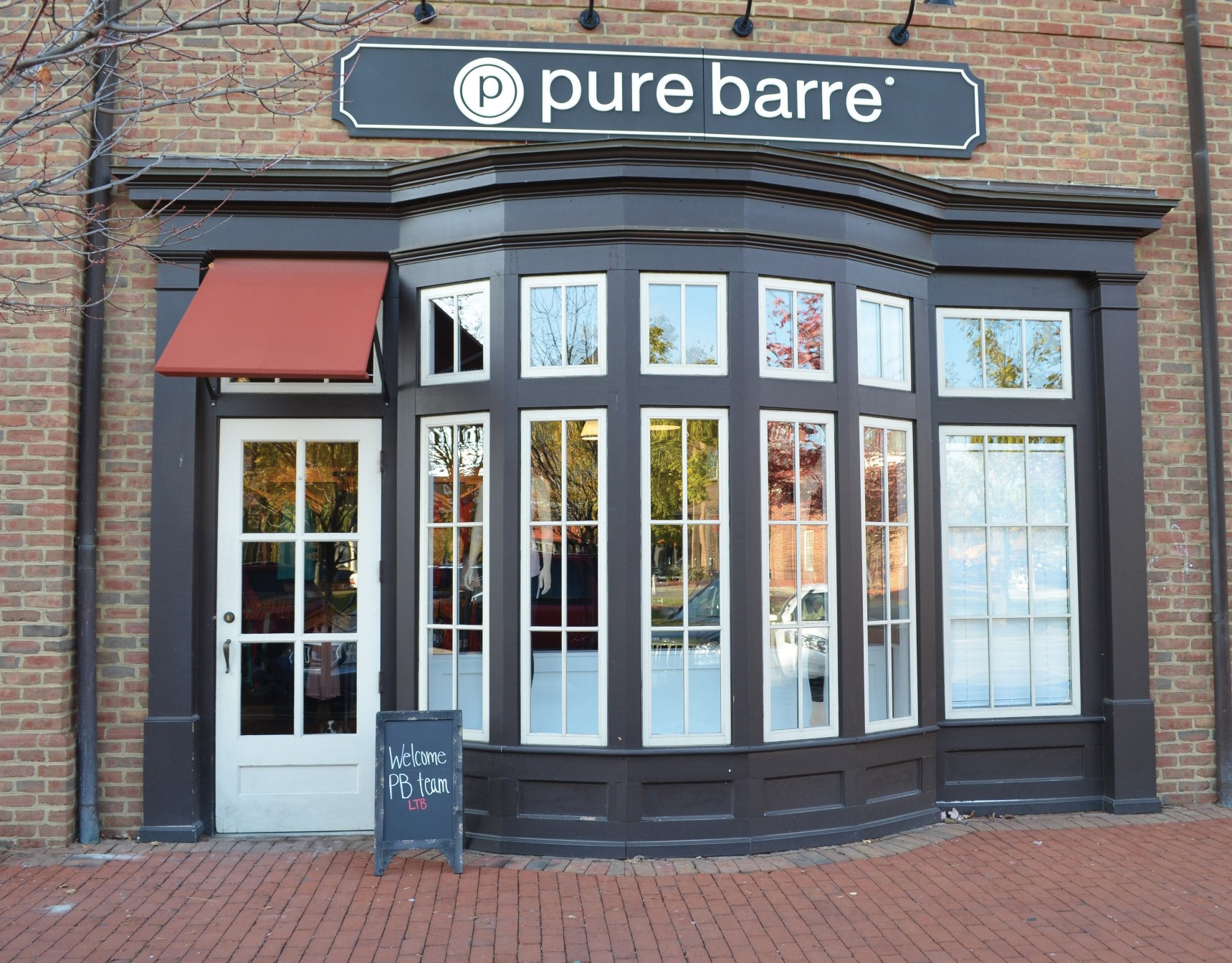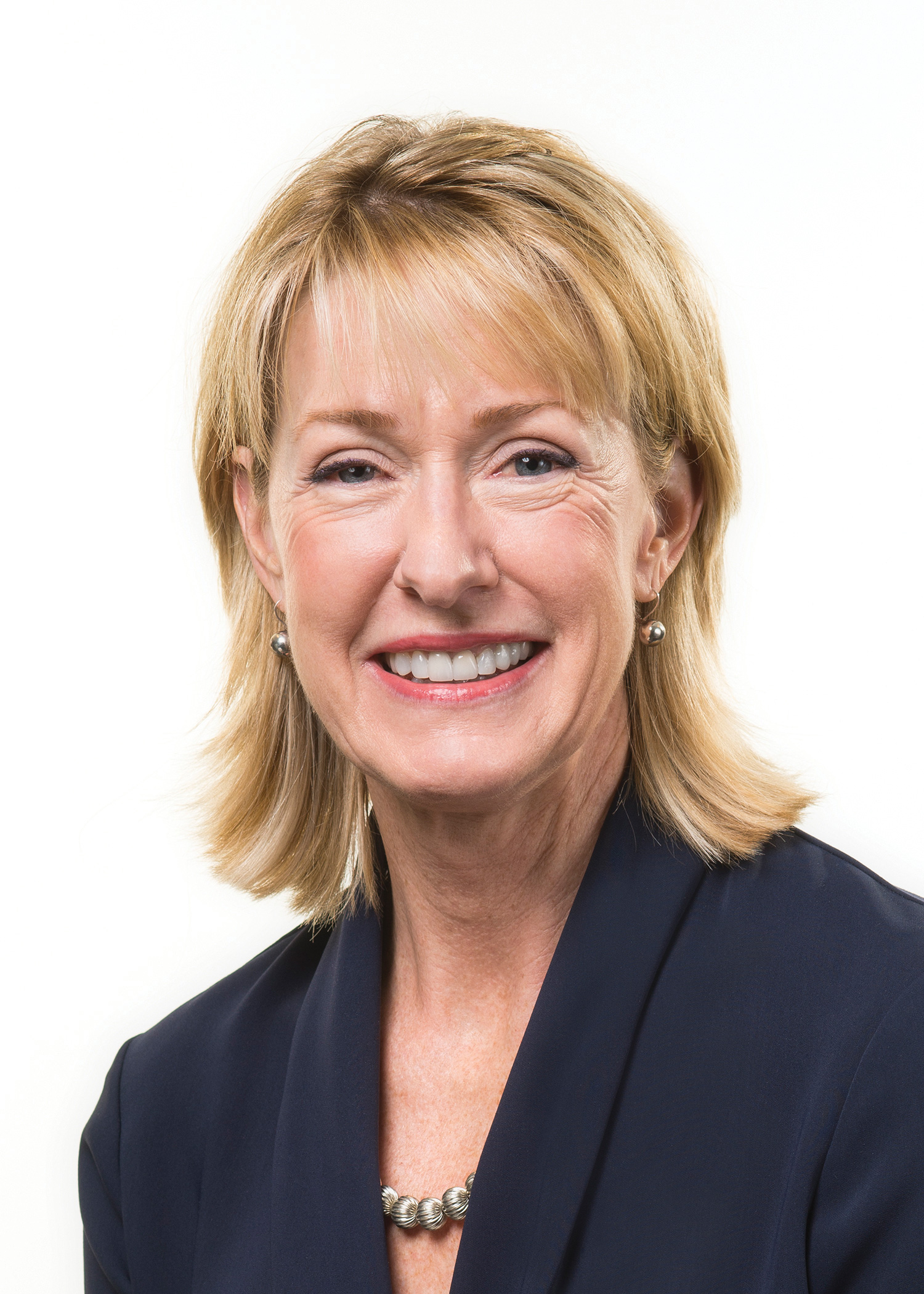With an attractive franchise model that matches the popularity of its workouts, Pure Barre has more than doubled its studio count to 200 in just over 1 year.
By Katie Lee
 On February 10, 2014, Pure Barre opened its 200th fitness studio — capping an already successful 2013 in which the Spartanburg, South Carolina-based franchisor more than doubled its store growth from 2012. Outpacing its competitors by leaps and bounds — grand jetés, if you will — Pure Barre focuses on a core, simple business philosophy: Match the right real estate with the right franchisee, build a studio space with impeccable brand quality and a welcoming ambience, offer a technique that really works, and they will come. The timing, according to the folks at Pure Barre, has never been better.
On February 10, 2014, Pure Barre opened its 200th fitness studio — capping an already successful 2013 in which the Spartanburg, South Carolina-based franchisor more than doubled its store growth from 2012. Outpacing its competitors by leaps and bounds — grand jetés, if you will — Pure Barre focuses on a core, simple business philosophy: Match the right real estate with the right franchisee, build a studio space with impeccable brand quality and a welcoming ambience, offer a technique that really works, and they will come. The timing, according to the folks at Pure Barre, has never been better.
“There is a lifestyle trend across the United States right now. The timing is right for niche fitness,” says Robin Hilliard, vice president of real estate for Pure Barre. “I don’t think it’s a trend anymore; it’s going to be around for a very long time.”
The Pure Barre concept, which is currently available in-studio in 38 states, employs a 55-minute total body workout that focuses on problem areas such as seat, abs and arms — but uses minimal equipment. Often using only a ballet barre for support, this simple but tough exercise builds strength, flexibility and lean muscle using small, isometric movements.
“Clients love Pure Barre, number one, because of the results they get,” says Molly Cashman, director of marketing for Pure Barre. “Women really see results in about 10 classes. The second thing we hear is the culture we create; there’s a real community feel and a support network for all the clients. It’s more than a workout but a lifestyle as well.”
Location, Location, Location
Devotees of the barre fitness model aren’t the only ones clamoring for a Pure Barre near them. Shopping center owners and landlords have taken notice. Pure Barre, which opened its first studio in 2001 and began franchising in 2009, likes to create a lifestyle synergy between its co-tenants and prefers to join centers anchored by Whole Foods, Trader Joe’s, The Fresh Market, and the like.
 “Landlords have been very receptive to our concept and are now calling us to come to their centers,” says Hilliard. “And while we do really take advantage of our co-tenants, we also hear from them that we bring in their customers. They’re very happy to have us here.”
“Landlords have been very receptive to our concept and are now calling us to come to their centers,” says Hilliard. “And while we do really take advantage of our co-tenants, we also hear from them that we bring in their customers. They’re very happy to have us here.”
Pure Barre’s “sweet spot,” Hilliard says, is a 1,500-square-foot inline or endcap space in a neighborhood or community shopping center with high-quality real estate. Class sizes are limited to 25 people, and they are in and out in under an hour. The next class typically begins 15 minutes after the one before it, with 25 new clients each time. It’s like a revolving door of fitness and health oriented customers. “Our co-tenants like that,” Hilliard says.
Pure Barre’s rapid rise in popularity can be attributed, partially, to this national movement toward healthier eating and exercise habits. The brisk pace can also be linked to Pure Barre’s franchise model and the support structure it builds around each franchisee. The magic of marrying the right real estate with the right franchisee is working — and, according to Cashman, the company plans to continue opening studios on a similar growth trajectory in 2014.
To that end, support staff has been added at corporate headquarters in Spartanburg. As 2012 drew to a close, Pure Barre had fewer than 10 employees in its corporate office — now, that number has jumped to 30. A few of these new team members focus solely on franchise development. With only nine of the current 200 studios corporately owned and operated, it is clear that franchising is the focus.
“We have some corporate studios that are already in the works, but it’s not something we’re going to be focusing heavily on in 2014,” says Cashman. However, she adds, corporate locations serve as great learning opportunities.
“Corporate studios give us a great opportunity to experience the process from the franchisee perspective and they have really enabled us to become a better franchisor,” says Cashman. “Managing the day-to-day operations and being heavily involved, we often use those studios as ‘test kitchens’ to help improve processes and then provide those best practices to the franchise base.”
Flexibility in Design & Maintenance
Inside the studios themselves, clients find a space that is simple and open, with clean lines and soft finishes, a mirror and a ballet barre, and no other imposing equipment. The warm, natural wood color of the barre is carried throughout the trim package.
“We aim to strike a balance,” says Jared Wilson, director of construction and design at Pure Barre. “We want a lot of our finishes to feel softer than your [typical] gym atmosphere, but at the same time, our concept and workout are simple and pure — it’s quite literally whittled down to specific moves that are done at the barre and on the floor.”
The first 25% of the space, Wilson says, is a reception and retail area for clients to check in and shop for exercise apparel, accessories and other Pure Barre products. This reception area is where franchisees can really put their own stamp on the space.
“One thing we pride ourselves on: We’re not an out-of-the-box concept,” Wilson says. “We don’t force franchisees to accept a particular fixture on the equipment package and install things per corporate instructions. Specific things we are certainly strict about: the barres themselves, the sound system, color schemes, finish materials, flooring and lighting. Those items set the tone for the entire studio. But we allow our franchisees flexibility with the lighting in the reception area, over the retail desk and in the restroom — they can use that to personalize their space for themselves.”
According to Hilliard, from a real estate perspective, such flexibility is attractive to franchisees. “Yes, we are a definitely a franchise and we have great specs for the studios, but each franchisee can put their personality into it, and I think that makes a difference,” Hilliard says. “When you walk into a studio, you’ll get a very consistent feel with each one you go into nationwide, but not so consistent that it’s boring.”
From a maintenance standpoint, Pure Barre takes a decentralized approach. Franchisees handle most maintenance and operations issues on their own. “It’s their studio to operate. We certainly have some recommendations and guidelines that we can give them, but the franchisees probably have more requirements put on them by their individual landlords than they do us,” says Wilson, whose background prior to Pure Barre was on the landlord side of the business.
Other than requiring that the HVAC unit is serviced twice a year, to satisfy its landlords, Pure Barre keeps R&M requirements to a minimum — unless it relates directly to its branding package, such as the ballet barre, lighting, flooring and signage. If a stereo goes down or something malfunctions with the ballet barre, Pure Barre has a list of preferred, pre-approved vendors that franchisees can call. But if a toilet gets clogged or the HVAC isn’t blowing cool air, Pure Barre generally doesn’t get involved in that level of detail.
“One thing operationally that we do pay a lot of attention to is soundproofing,” Wilson says. “We are a musically motivated workout, and when we go into inline centers we are very sensitive to and aware of the fact that we have neighbors next to us — perhaps with different (quiet) business models.”
When choosing new service providers, the top three items on Wilson’s checklist are: (1) quality of work/product; (2) timely response; and (3) cost. Timeliness is especially important since each location is just one studio — which cannot be closed down for maintenance but must be serviced between classes.
Says Wilson: “It’s one thing to come in and service equipment in a retail store where you can put up caution tape that says, ‘Men working overhead.’ Whereas we can’t operate or have a class in the studio if someone’s up on a ladder changing out air filters or light bulbs in track lighting. The coordination is unique — it takes more focus on coordination and scheduling efforts [than a typical retail facility].”
Bringing It All Together
The magic of Pure Barre, reiterates Hilliard, is finding great real estate and tying it to the perfect franchisee for that particular location. All parts working together create exceptional brand quality — and make Pure Barre a great tenant for any retail market. “Marrying the franchisee with the real estate — that’s how we’ll decide our growth,” she says.
“The fun thing for me is finding a great piece of real estate and following the franchisee all the way through from the time we approve her as an applicant all the way to the studio opening,” continues Hilliard, who spent 13 years as an asset manager on the landlord side for Weingarten Realty prior to joining Pure Barre in June 2013. “It’s really fun to see all of the pieces of the puzzle come together. These franchisees are very excited and it’s nice to see that — not that I don’t love corporate real estate, but these individuals are so enthusiastic that it’s a lot of fun.”
Adds Cashman: “We’re the tip of the iceberg now, with 200 studios. We feel we’re in a really great place. It’s a brand that’s going to stick around. We’ll continue to grow, we’re already the largest barre franchise in the nation — and I don’t see that changing at any time.”
— Katie Lee is editor of Retail Facility Business. She may be reached at [email protected]. This article originally appeared as the February/March 2014 cover story.
